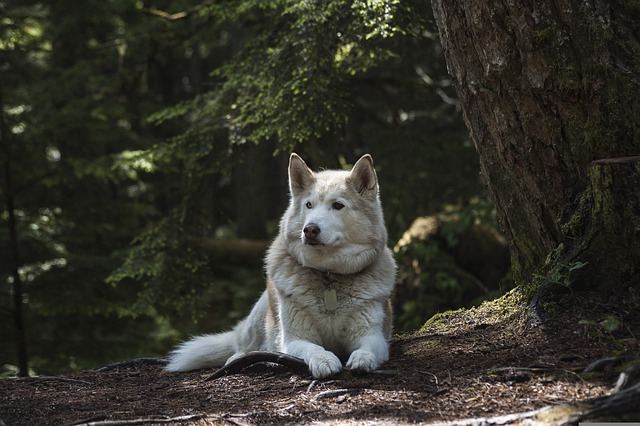
Dogs of all breeds think the same way. Before you begin training any dog, it’s important that you understand this mind-frame and learn to mold your training around that aspect. Luckily, if a person does not yet understand this particular state of mind, they can read the tips below and learn the ropes.
Multiple repetitions will be necessary for a dog to learn new commands. It is said that a human only masters something when they do it 10,000 times, and dogs are no different, although it should take much less repetitions than that! Be patient and continue using a command until your dog learns it.
Train your dog on a regular basis to make sure he understands the rules of the house. Often, owners get the feeling that they do not need to continue working with the dog once it is trained. Pets are creatures of habit, and they need to constantly be taught new things. Dogs, much like kids, do best when they have limits and rules.
As your dog becomes better when it comes to dog training, you can start giving it more freedom. You will find your dog to be more obedient and your dog will be happier. Just be cautious not to give too much freedom at once, as this may have a counter effect on your canine training.
Voice Tone
Maintain consistent volume and voice tone over time when giving your dog commands. Your voice tone lets your dog know that you are serious and that you expect their obedience. It is important that your dog be able to distinguish between a command and a reprimand.
Teaching a new puppy to “leave it” is very important and one of the first commands that you should work on. “Leave it” can prevent furniture chewing, save valuable objects from being destroyed and save your dog from consuming dangerous and/or poisonous substances.
Puppy training means consistency. When calling your dog, use their name every time. Get their attention and then follow up with whatever you want them to do. Dogs tend to respond by name right away and they know that you want their attention.
You need to be use rewards and positive reinforcers when you are training your pet. Rewards include treats, kind words and physical touch. You should never yell at your dog, or physically harm them. This never works, and your dog will sense that you are cluelss. Stay consistent and use positive reinforcement.
The first thing you should do when training a puppy is teach him to understand his name. Use their name often, and then teach them how to come to you when called. It is a good idea to have your puppy learn these words first. Spend a lot of time with him or her so that trust can be established. This will make it easier to train him as he gets older.
The best way to teach a dog good behavior is to never let poor behavior take hold. It makes it easier for the dog to learn the correct behavior first, than it is trying to make them unlearn old bad habits. To avoid a dog that begs for table scraps, never give it table food to begin with.
Treats are great incentives when training a dog; however, treats can cause a dog to become overweight, so limit the number offered. Many people overlook treats when considering the animal’s diet, but they certainly add up, especially during active training.
When training a dog to a leash it is important to keep the leash loose. When you take your dog out for a walk, he will want to explore. Because they are so eager, they often pull on the leash. A good dog trainer will work to discourage this and teach the dog to walk with a bit of slack on the leash.
Never give up when training a dog. Through constant and positive reinforcement, you will be able to train your dog to retain the behaviors you teach them. Realize that training your dog is a daily task, no different than feeding and sheltering it.
Training should be an enjoyable activity for your dog. Your dog will enjoy training sessions most and be able to pay attention well if lessons are short. Ten to fifteen minutes is a good guideline. Be generous with rewards, and don’t forget to add some variety. The more you reward your dog the more he will continue the positive behavior. When you make training fun for your dog, it will make listening in general fun for the dog too!
Keep your dog challenged regularly. Quiz him on what he knows, even if you know he’s still got it.
Training a dog is a lot easier if the trainer can work from a solid understanding of canine behavior. If your dog doesn’t understand you, then how can he learn from you? Now that one knows a little more about their dog they can give him better training.